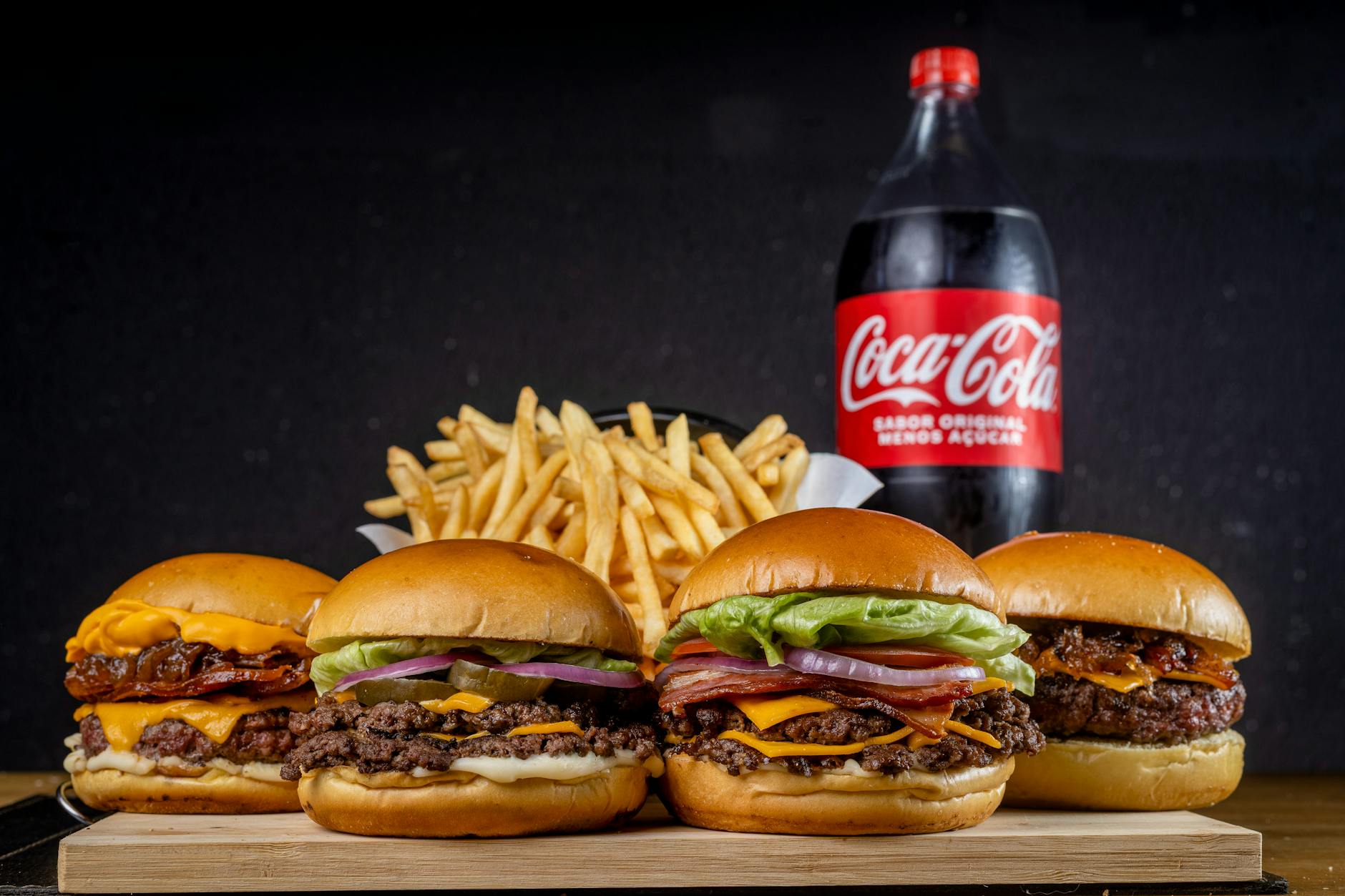Coca-Cola’s Big Switch: Sugarcane Coke Hits Shelves After Trump’s Nudge
Wait, What’s Changing?
Okay, so here’s the thing—Coca-Cola is shaking things up. After years of using high-fructose corn syrup (HFCS), they’re rolling out a new version of classic Coke sweetened with sugarcane sugar. And get this: Donald Trump apparently had a hand in pushing for it. Yeah, that Donald Trump. Now, I know what you’re thinking—is this actually healthier, or just another marketing gimmick? Let’s break it down.
1. How Trump Got Involved
1.1 That Time Trump Championed Sugarcane Farmers
Back during his presidency, Trump was all about supporting American farmers—sugarcane growers included. Rumor has it he leaned on Coca-Cola to ditch HFCS in favor of good ol’ cane sugar. And honestly? It makes sense. HFCS comes from corn, which has been heavily subsidized for ages. Sugarcane farmers? Not so much. So this move kinda levels the playing field.
1.2 Why HFCS Ruled for So Long
Here’s the deal: high-fructose corn syrup is cheap. Like, really cheap. That’s why soda companies loved it. But over time, people started worrying it might be worse for you than regular sugar—even though scientists still argue about that. Plus, there’s something psychological about “natural” cane sugar that just feels better, you know?
2. So What’s Actually Different?
2.1 The New Ingredient List
They’re swapping out HFCS for pure cane sugar, but everything else stays the same—carbonated water, caramel color, all that jazz. It’s basically the same formula they use in Mexico, where Coke has always been made with cane sugar. And let’s be real, Mexican Coke has a serious fan base.
2.2 Does It Taste Any Better?
Early reviews are mixed. Some folks say it’s crisper, less cloying than the HFCS version. Others can’t tell the difference. Me? I think it’s slightly smoother, but maybe that’s just the power of suggestion. You’ll have to try it yourself.
3. Why Now?
3.1 The Politics of Soda
Let’s not kid ourselves—this isn’t just about sugar. Coca-Cola’s playing the long game here. By aligning with Trump’s “America First” vibe, they’re scoring points with certain consumers. And let’s face it, looking health-conscious never hurts, even if the actual health impact is minimal.
3.2 Following the Money
People are willing to pay more for “natural” stuff these days. Just look at the cult following Mexican Coke has in the U.S. This move lets Coca-Cola tap into that demand without fully committing—they’re keeping HFCS in regular Coke for now.
4. A Quick History Lesson
4.1 How HFCS Took Over
Back in the 80s, corn subsidies made HFCS dirt cheap, so soda companies jumped on it. But over time, the backlash grew. Now you’ve got people scouring grocery stores for cane sugar sodas like they’re hunting for treasure.
4.2 The Mexican Coke Phenomenon
This isn’t Coca-Cola’s first rodeo with cane sugar. They’ve done limited editions before, but Mexican Coke—sold in those iconic glass bottles—has been the gold standard for purists. This new version? It’s like they’re trying to bottle that magic stateside.
5. What Happens Next?
5.1 Is This the New Normal?
For now, it’s just an alternative option. But if sales take off? Don’t be surprised if cane sugar becomes the main recipe. The real question is whether prices will go up—someone’s gotta pay for that premium sugar.
5.2 Ripple Effects
If this works, you can bet Pepsi and others will follow suit. We might be looking at a total sweetener shakeup in the soda world. And that raises bigger questions—since when did politicians have a say in what’s in our soft drinks?
Final Thoughts
At the end of the day, Coca-Cola’s move is about more than just sugar. It’s politics, it’s marketing, it’s giving people what they think they want. Whether it’s actually better for you? That’s still up for debate. But one thing’s for sure—your soda choice just got more complicated. So what do you think—will you give the new Coke a shot?
Source: Navbharat Times – Default










